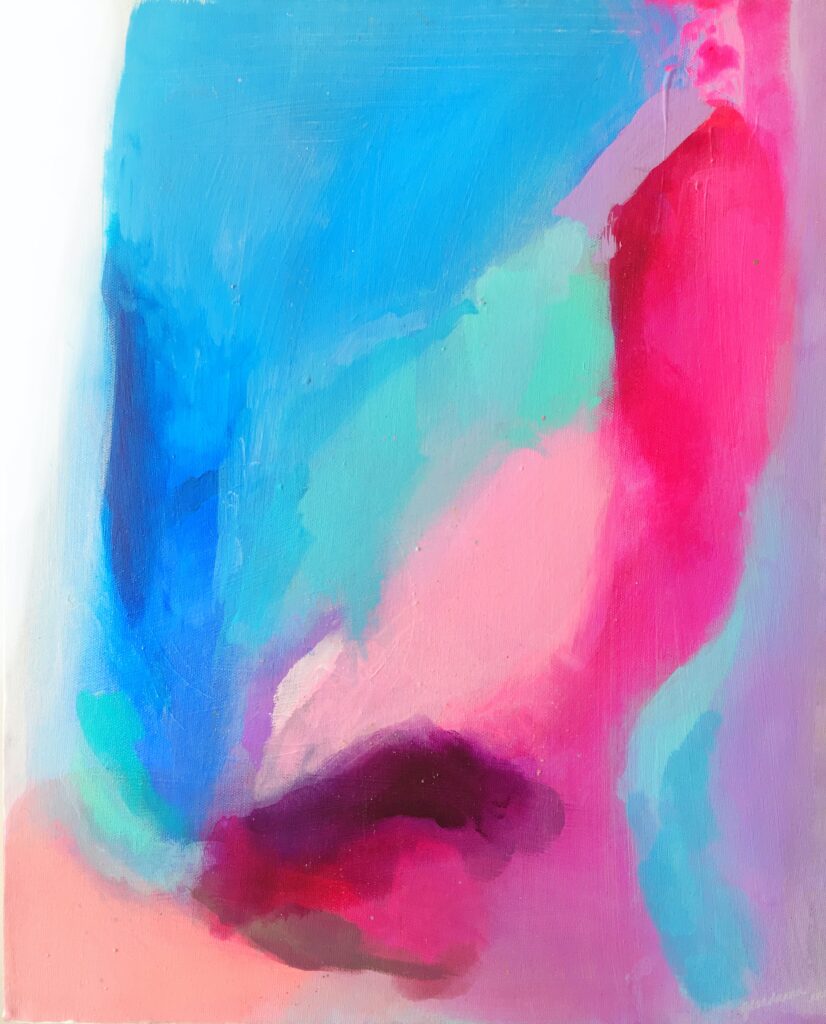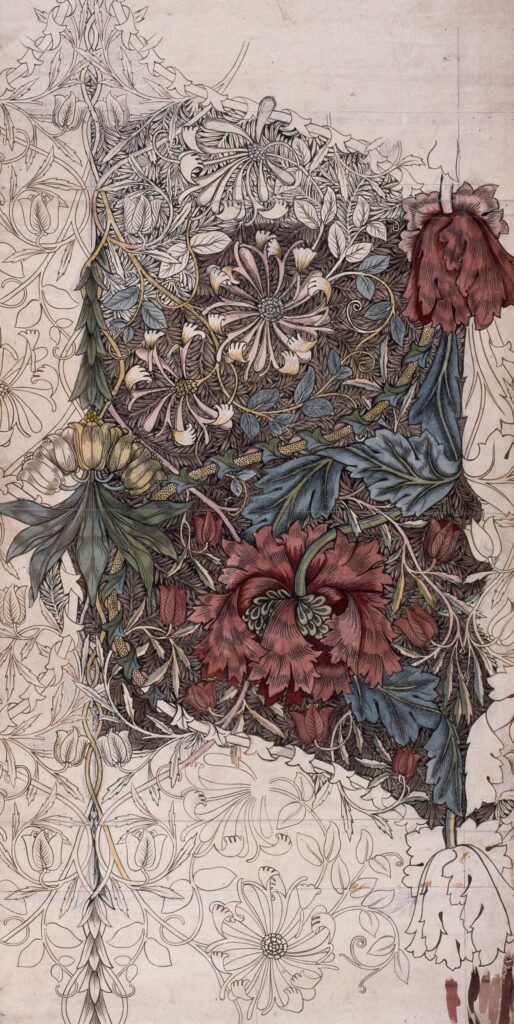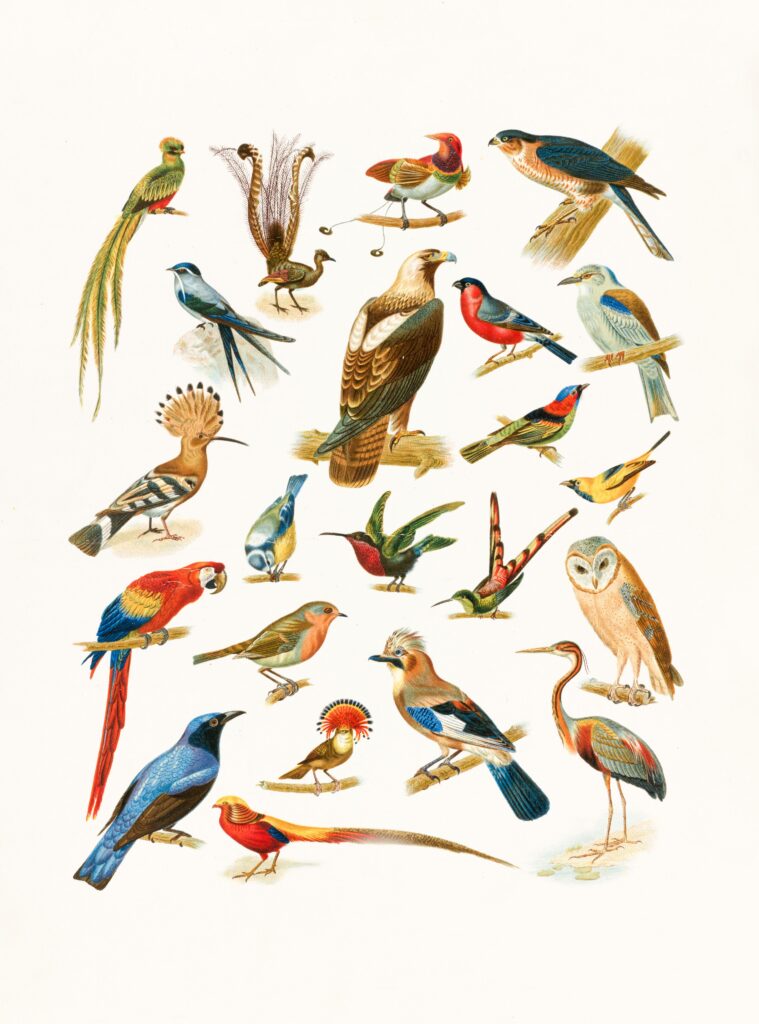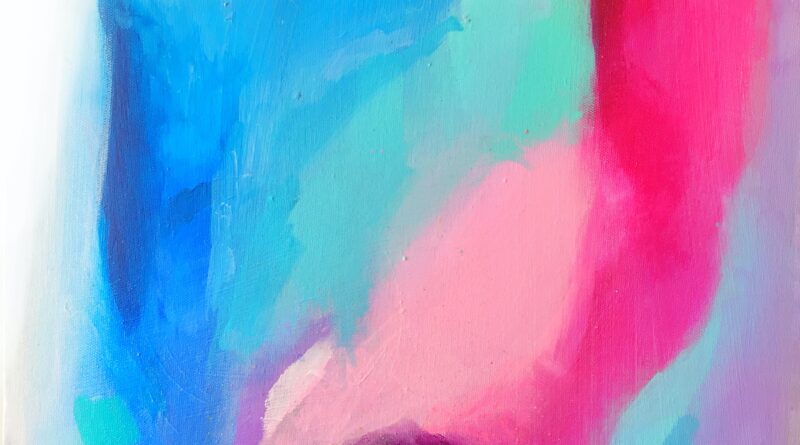Encouraging Creativity: Art And Craft Ideas To Spark Your Child’s Imagination
Are you struggling to find ways to unleash your child’s inner artist? Look no further! In this article, we will present you with a variety of art and craft ideas that are sure to ignite your child’s imagination. From painting to clay modeling, these activities are not only enjoyable but also foster creativity and self-expression. So, grab your art supplies and get ready to embark on a creative journey with your little Picasso!

1. Painting Ideas
Painting is a great way to let your imagination run wild and express yourself through colors and shapes. Here are some painting ideas that will surely ignite your creativity!
1.1 Finger painting
Let’s start with a classic and messy activity – finger painting! Grab some non-toxic paint and a large sheet of paper, then let your fingers become the brushes. Use different colors, mix and blend them together, and enjoy the tactile sensation of the paint on your hands. Finger painting allows you to create abstract masterpieces or even tell a story through your artwork.
1.2 Watercolor painting
Watercolor painting is a versatile technique that can produce stunning results. With its translucent and delicate colors, watercolor painting is perfect for creating dreamy landscapes, beautiful florals, or even abstract patterns. Experiment with different brush techniques and the amount of water you use to achieve the desired effect. Don’t be afraid to let the colors blend and flow on the paper, creating unique and unpredictable results.
1.3 Mural painting
If you’re feeling ambitious and want to make a large-scale artwork, mural painting is the way to go. Find a wall or a wooden board that you can transform into your own canvas. Plan your design beforehand and gather the necessary materials, such as acrylic paints and brushes. Mural painting allows you to express your creativity on a bigger scale and leave a lasting impression on your surroundings.
1.4 Nature-inspired painting
Nature is an endless source of inspiration for artists. Take a walk outdoors, observe the vibrant colors of flowers, the calming shades of the sky, or the intricate patterns found in leaves. Use your observations as inspiration for your paintings. Whether you prefer realism or a more abstract representation, nature-inspired painting allows you to capture the beauty of the world around you.
1.5 Paint with unusual tools
Who says you have to use traditional brushes to paint? Try experimenting with unconventional tools to create unique textures and effects. Use sponges, cotton swabs, toothbrushes, or even kitchen utensils like forks or combs. Dip them into paint and make bold strokes, dots, or patterns on your canvas. The possibilities are endless when it comes to painting with unusual tools, so let your imagination guide you.
2. Drawing Ideas
Drawing is a fundamental skill that allows you to visually communicate your ideas and imagination. Here are some drawing ideas to enhance your artistic abilities!
2.1 Comic strip drawing
Imagine yourself as a comic book artist, creating your own characters and stories. Comic strip drawing is a fun and engaging way to express your creativity. Start by planning the sequence of events and design your characters. Then, use speech bubbles and panels to bring your story to life. Comic strip drawing not only hones your drawing skills but also encourages storytelling and visual narration.
2.2 Animal doodling
Let your imagination run wild as you doodle various animals. From cute and cuddly creatures to fierce and majestic beasts, animals are a popular subject in art. Grab your sketchbook and explore different animal species. Focus on their unique characteristics and try to capture their essence on paper. You can also experiment with different drawing styles, such as realistic, cartoonish, or even abstract interpretations.
2.3 Portrait drawing
Portraits allow you to capture the likeness and personality of a person through your drawing. Choose a family member, a friend, or even yourself as a model. Practice observing facial features, proportions, and expressions. Use shading techniques to add depth and realism to your portrait. Portrait drawing is a challenging yet rewarding activity that allows you to connect with your subjects on a deeper level.
2.4 Still life drawing
Still life drawing involves depicting inanimate objects arranged in a composition. Find objects that interest you, such as fruits, flowers, or household items, and set them up in an arrangement. Pay attention to light and shadows as you create your drawing. Still life drawing helps you develop your observation skills, understanding of form, and composition.
2.5 Perspective drawing
Perspective drawing adds depth and realism to your artwork by creating the illusion of three-dimensional space on a two-dimensional surface. Learn the basics of one-point and two-point perspective to create drawings that seem to recede into the distance. Use lines and vanishing points to guide your drawings. Perspective drawing is a valuable skill that can be applied to various subjects, from landscapes to architecture.
3. Collage Ideas
Collage art is all about combining different materials and textures to create a visually compelling composition. Here are some collage ideas to inspire your creativity!
3.1 Magazine collage
Gather old magazines or newspapers and cut out interesting images, patterns, and textures. Arrange them on a sheet of paper or canvas, overlapping and layering to create a cohesive collage. Use glue or a decoupage medium to secure the pieces in place. Magazine collage allows you to explore different themes or tell a story through the juxtaposition of different visuals.
3.2 Nature collage
Take a nature walk and collect leaves, flowers, twigs, and other natural materials. Back at your workspace, arrange these elements into a collage using a glue stick or mod podge. Add depth and texture by layering the materials or incorporating additional textures like sand or fabric. Nature collage creates a connection between art and the natural world, celebrating the beauty of the environment.
3.3 Fabric collage
Dive into your fabric stash and gather different textures and patterns. Cut them into shapes and arrange them on a fabric or canvas base. Experiment with layering and overlapping to create interesting compositions. Use fabric glue or a sewing machine to secure the pieces together. Fabric collage allows you to play with colors, textures, and patterns in a tactile and visually pleasing way.
3.4 Paper mosaic collage
Create a mosaic-inspired collage using small pieces of colored paper or cardstock. Cut the paper into various shapes and arrange them into a larger image or pattern. Glue the pieces onto a sturdy surface, such as cardboard or wood. Paper mosaic collage challenges your precision and patience as you piece together the intricate design.
3.5 Recycled materials collage
Turn trash into treasure with a recycled materials collage. Gather items such as bottle caps, newspaper clippings, buttons, or old packaging materials. Arrange and glue them onto a base to create a unique collage. Not only does recycling materials promote sustainability, but it also challenges your creativity by using unconventional materials.
4. Sculpture Ideas
Sculpture allows you to create three-dimensional artworks, giving you a different perspective on art-making. Here are some sculpture ideas to inspire your creative endeavors!
4.1 Playdough sculptures
Unleash your imagination with playdough sculptures. Sculpting with playdough is a fun and tactile activity that allows you to explore different shapes, forms, and textures. Use your hands or small tools to shape the playdough into animals, objects, or even abstract sculptures. Playdough sculptures are temporary artworks that can be easily modified or recreated, giving you the freedom to experiment and iterate.
4.2 Clay modeling
Clay modeling is a versatile medium that allows you to create both small and large-scale sculptures. Choose a type of clay that suits your needs, such as air-dry clay or polymer clay. Start by kneading and molding the clay into your desired shape. Use your hands, sculpting tools, or household items to add details and texture. Once your sculpture is complete, let it dry or bake it according to the clay’s instructions.
4.3 Cardboard sculptures
Recycle cardboard boxes and turn them into unique sculptures. Cut, fold, and assemble the cardboard pieces using glue or tape. Experiment with different shapes, sizes, and angles to create abstract or representational sculptures. Cardboard sculptures can be painted or covered with other materials to add color and texture.
4.4 Wire sculptures
Wire sculpture offers a minimalist and elegant approach to three-dimensional art. Bend and twist wire to create sculptures that capture movement and form. Start with a basic armature and build upon it, adding more wire to flesh out the structure. Use pliers to manipulate the wire and create detailed shapes and contours. Wire sculptures can be displayed as standalone artworks or incorporated into mixed-media pieces.
4.5 Recycled materials sculptures
Challenge your creativity and sustainability by creating sculptures from recycled materials. Gather items such as bottle caps, cardboard tubes, plastic containers, or old electronic parts. Use your imagination to transform these discarded materials into unique sculptures. Connect the pieces using glue, wire, or any suitable adhesive. Recycled materials sculptures not only showcase your artistic skills but also promote environmental consciousness.

5. Craft Ideas
Crafts incorporate various materials and techniques to create functional or decorative objects. Here are some craft ideas to explore your creativity!
5.1 Origami animals
Experience the art of paper folding with origami animals. Choose from a wide range of origami animal designs, from simple to complex. Follow step-by-step instructions or watch online tutorials to master the folding techniques. Origami animals make great decorations or gifts, and they also help improve your concentration and fine motor skills.
5.2 Popsicle stick crafts
Unleash your creativity with popsicle stick crafts. Collect popsicle sticks, and use them to create a variety of objects, from picture frames to mini houses. Paint them in different colors, or glue decorative items like sequins or buttons. Popsicle stick crafts offer endless possibilities and are suitable for all ages.
5.3 Paper plate masks
Transform a simple paper plate into a colorful and imaginative mask. Cut out eye holes and a mouth shape from the plate, then decorate it using paints, markers, or other craft materials. Add feathers, glitter, or ribbons to create a personalized touch. Paper plate masks are great for imaginative play or as props for costume parties and school plays.
5.4 Tissue paper flowers
Bring the beauty of flowers indoors by making tissue paper flowers. Cut tissue paper into square or round shapes, then stack and accordion-fold them. Secure the folded layers in the center with wire or a pipe cleaner and gently separate the tissue paper to form petals. Tissue paper flowers can be made in various colors and sizes, adding a vibrant and cheerful touch to any space.
5.5 Beaded jewelry
Create unique accessories with beaded jewelry making. Select beads of different shapes, sizes, and colors, and string them onto a wire or thread to create necklaces, bracelets, or earrings. Experiment with different bead patterns and finishes to match your style. Beaded jewelry making not only allows you to express your creativity but also develops your fine motor skills and patience.
6. Photography Ideas
Photography is a powerful medium that allows you to capture and preserve moments in time. Here are some photography ideas to explore the world through your camera lens!
6.1 Nature photography
Step outside and embrace the beauty of nature through photography. Capture landscapes, plants, animals, or even close-up details such as dewdrops on a leaf. Experiment with different perspectives, lighting conditions, and composition techniques to capture stunning shots. Nature photography not only allows you to appreciate the world around you but also develops your observation skills and patience.
6.2 Macro photography
Discover the hidden world of the small with macro photography. Use a macro lens or extension tubes to capture stunning detail in subjects such as flowers, insects, or everyday objects. Explore different angles, depth of field, and lighting to create intriguing and mesmerizing images. Macro photography helps you see beauty in the tiniest things and enhances your technical skills as a photographer.
6.3 Portrait photography
Capture the essence and personality of people through portrait photography. Whether it’s your family, friends, or even self-portraits, portraits allow you to showcase emotions and connections. Experiment with different lighting setups, poses, and compositions to create captivating portraits. Portrait photography not only enhances your technical skills but also helps you connect with your subjects on a deeper level.
6.4 Action photography
Freeze the moment with action photography. Capture fast-paced movements like sports, dancing, or even everyday activities. Experiment with shutter speed and burst mode to capture the perfect moment in action. Action photography challenges your reflexes and timing, allowing you to document dynamic moments with precision and creativity.
6.5 Perspective photography
Perspective photography plays with angles and viewpoints to create unique and eye-catching images. Explore different perspectives such as bird’s-eye view, low angle, or leading lines. Experiment with depth and scale to create intriguing compositions. Perspective photography encourages you to see the world from different angles, transforming ordinary scenes into extraordinary visual narratives.

7. Printmaking Ideas
Printmaking is a versatile art form that allows you to create multiple copies of your artwork. Here are some printmaking ideas to explore different techniques and textures!
7.1 Leaf printing
Connect with nature through leaf printing. Collect various leaves with interesting shapes and textures. Apply paint or ink to the leaf’s surface and press it onto paper or fabric. Gently lift the leaf to reveal a beautiful print. Experiment with different color combinations and arrangements to create unique patterns and designs. Leaf printing brings the beauty of nature into your artwork.
7.2 Potato stamping
Transform a simple potato into a creative stamp. Cut a potato in half and carve different shapes or patterns on the cut side. Dip the potato stamp into paint or ink and press it onto paper or fabric. Potato stamping allows you to create bold and repetitive designs. Experiment with various potato shapes and sizes to create different effects.
7.3 Bubble wrap printing
Add texture and depth to your artwork with bubble wrap printing. Apply paint or ink to the bubble side of the bubble wrap, then press it onto paper or fabric. The bubbles create a textured pattern that can resemble water, clouds, or other interesting textures. Bubble wrap printing adds a playful and tactile element to your prints.
7.4 Styrofoam prints
Explore the versatility of Styrofoam as a printing surface. Draw or etch your design onto a Styrofoam plate or sheet. Apply paint or ink to the surface and press it onto paper or fabric. The raised areas of your design will transfer onto the printing surface, creating a print with texture and detail. Styrofoam prints allow you to experiment with different designs and color combinations.
7.5 Linoleum printing
Take printmaking to the next level with linoleum printing. Carve your design onto a piece of linoleum using carving tools. Apply ink or paint to the carved surface and press it onto paper or fabric. Linoleum prints allow you to create intricate and detailed designs with crisp lines and textures. Experiment with different carving techniques and color applications to create stunning prints.
8. Textile Art Ideas
Textile art combines fabric, yarn, and other fibers to create visually appealing and tactile artworks. Here are some textile art ideas to ignite your creativity!
8.1 Tie-dye techniques
Experience the colorful and vibrant world of tie-dye techniques. Use fabric dyes or even natural dyes to create unique patterns and designs on clothing, bedding, or accessories. Explore different tying and folding techniques like spiral, crumple, or pleat, then apply the dyes to create your desired effects. Tie-dye techniques allow you to unleash your creativity and create wearable art.
8.2 Fabric painting
Transform plain fabric into a work of art with fabric painting. Choose fabric paints or fabric markers in various colors and designs. Use brushes or stencils to apply the paints onto the fabric, creating colorful patterns and images. Fabric painting offers endless possibilities for customization, allowing you to add your personal touch to clothing, bags, or home decor items.
8.3 Embroidery
Embroidery is a traditional craft that involves stitching decorative patterns onto fabric. Start with basic stitches like the running stitch or the backstitch, then progress to more intricate stitches like the satin stitch or the French knot. Experiment with different embroidery threads, colors, and fabrics to create intricate and personalized designs. Embroidery allows you to slow down, focus on details, and create beautiful textile art.
8.4 Fabric collage
Combine textile scraps, fibers, and other materials to create unique fabric collages. Cut, tear, and arrange the fabric pieces onto a fabric or canvas base. Experiment with layering, texture, and color to create visually interesting compositions. Fabric collage allows you to use various fabric scraps and explore different textile techniques in a single artwork.
8.5 Weaving
Weaving involves interlacing yarn, threads, or other fibers to create textiles. Start with a simple handheld loom, or even a DIY cardboard loom, and experiment with different weaving techniques. Choose various colors and textures of yarn to create intricate patterns and textures. Weaving allows you to create functional objects like scarves or wall hangings while exploring different patterns and textures.
9. Jewelry Making Ideas
Jewelry making allows you to create unique accessories and express your personal style. Here are some jewelry making ideas to ignite your creativity!
9.1 Beaded bracelets
Design and create your own beaded bracelets. Select different types of beads, such as glass beads, seed beads, or gemstone beads. Experiment with various patterns, colors, and combinations to create personalized bracelets. Use elastic string or jewelry wire to string the beads together and add clasps or closures to finish your bracelets. Beaded bracelets can be simple and elegant or bold and statement-making.
9.2 Clay earrings
Unleash your creativity with clay earrings. Choose polymer clay or air-dry clay in different colors and shapes. Mold and shape the clay into your desired earring design, then bake or let it dry according to the clay’s instructions. Paint or add texture to the clay earrings for more visual interest. Clay earrings allow you to create unique and wearable art that reflects your personal style.
9.3 Wire wrapped pendants
Create beautiful and intricate pendants with wire wrapping techniques. Choose a gemstone or a unique object as the focal point of your pendant. Use jewelry wire to wrap and secure the stone or object, creating an elegant frame. Add additional wire accents or beads to enhance the design. Wire-wrapped pendants allow you to showcase the beauty of natural stones or create personalized pieces with sentimental value.
9.4 Friendship bracelets
Celebrate friendship and creativity by making friendship bracelets. Choose different colors and types of threads, such as embroidery floss or hemp cord. Experiment with various knotting techniques, such as macrame or braiding, to create intricate patterns. Friendship bracelets are not only a fun and engaging activity, but they also promote friendship, sharing, and self-expression.
9.5 Polymer clay charms
Make cute and colorful charms with polymer clay. Choose different colors of polymer clay and mold them into various shapes, such as animals, food items, or symbols. Bake the clay according to the instructions to harden it, then add jump rings or chains to turn the charms into wearable accessories. Polymer clay charms allow you to create personalized jewelry or gifts that reflect your interests and creativity.
10. Creative Writing
Creative writing allows you to explore your imagination and bring stories, poems, and ideas to life. Here are some creative writing ideas to spark your literary adventures!
10.1 Storytelling
Let your imagination soar with storytelling. Create fictional characters, settings, and plots to craft engaging stories. Explore different genres such as fantasy, science fiction, or mystery. Begin with a captivating opening, develop the plot through rising action, and build to an exciting climax. Storytelling allows you to share your unique narratives and transport readers to new worlds.
10.2 Poetry writing
Discover the beauty and power of words through poetry writing. Experiment with different poetic forms and styles, such as haiku, sonnets, or free verse. Explore themes that resonate with you, express emotions, or celebrate the beauty of nature. Poetry writing allows you to play with language, rhythm, and imagery, creating powerful and evocative pieces of art.
10.3 Letter writing
Connect with others on a deeper level through letter writing. Whether it’s a heartfelt letter to a loved one or a message to your future self, letters offer a personal and intimate form of communication. Share your thoughts, dreams, or even tell stories through your letters. Letter writing allows you to express yourself authentically and build meaningful connections.
10.4 Journaling
Embark on a journey of self-discovery through journaling. Document your thoughts, experiences, and emotions on a regular basis. Use your journal as a safe space to reflect, dream, and set goals. Experiment with different journaling styles, such as bullet journaling or art journaling, to add creativity and visual elements to your entries. Journaling helps you develop self-awareness and serves as a therapeutic outlet for your thoughts and feelings.
10.5 Fantasy writing
Let your imagination run wild with fantasy writing. Create magical worlds, mythical creatures, and epic adventures. Develop unique systems of magic, create compelling characters, and construct intricate plots. Fantasy writing allows you to push the boundaries of reality and create stories that transport readers to extraordinary realms.


